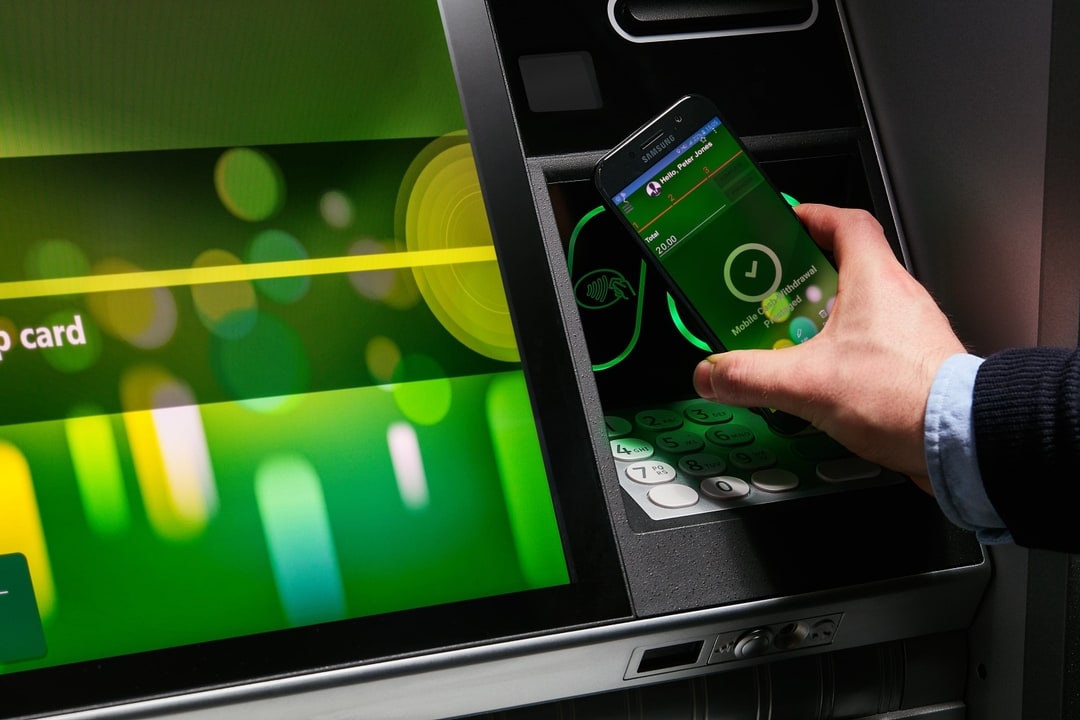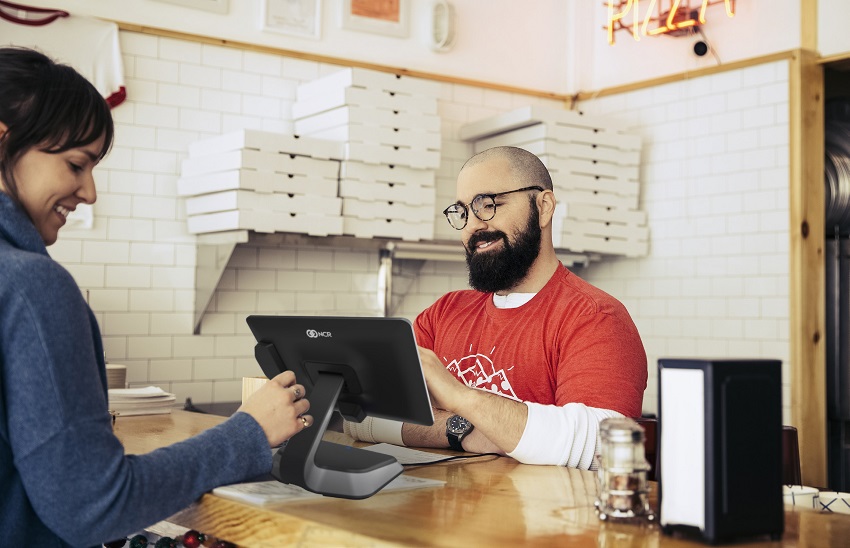How cash use is changing across Europe
Published September 29, 2021
We all know 2020 saw cash use plummet across the globe – how often did you withdraw money at the ATM or even open your wallet?! But, as we hope the worst is behind us and the world begins to open up once more, cash use is bouncing back.
The UK was one of the hardest hit when it came to lengthy lockdowns. LINK, the UK's largest cash machine network, reported that ATM visits fell by about 43% during the first 12 months of COVID. Withdrawals fell by £37bn. And, when lockdown commenced March 2020, ATM visits fell by as much as 80% in some areas.
But there’s been a resurgence. LINK alone is seeing £1bn withdrawn from its ATMs each week.
Put simply, cash remains a vital part of the global economy. There’s an undoubtable rise in digital transactions – due to the growth of online shopping, P2P payments, and contactless payments. But, there are large swathes of society that don’t have the ability to make digital payments. This makes cash an important payment necessity that transcends the digital divide and supports financial inclusion. While the digital divide in Europe has been substantially reduced over recent years, the European Union (EU) has set out a policy providing a clear pathway to “a digital decade”. This framework sets up four key actions to achieve a sort-of digital freedom for EU countries by 2030.
So, where do financial institutions fit in to this? Well, while many countries in Europe such as, Estonia, Finland, the Netherlands, Norway and Sweden, and the United Kingdom have a reported online banking penetration of over 80 percent in 2020, according to Statista, there are still many countries with either low uptake in online use or an inability to provide the same infrastructure. Statista reported that many countries such as, but not limited to: Croatia, Greece, Poland, Portugal, and Turkey had an online banking penetration of under 50 percent, with Bulgaria, Montenegro, and Romania all reporting less than 20 percent. This means that while the EU paves the way towards a digital-first society, it’s important to recognize that we cannot sustain a digital-only approach and that some customers still rely on physical channels as means of living.
Related: Connecting the world with cash: Trends in India and Southeast Asia
Self-reported preference for cash in the euro area
The graph below shows how Gen Z are relying heavily on cash – even though they are defined as digital natives and would be expected to be adept at digital banking, it’s clear that they are preferring physical cash. This potentially means they are a group that would benefit from more advisory services to help them manage their money well – as sadly this group has been locked down during early adulthood perhaps compromising their physical money experiences and their confidence in digitally handling their finances.
Share of respondents reporting a preference for cash, by socio-demographic group and age.
Cash is essential to financial inclusion
Financial inclusion is a large global objective, with 7 of the United Nations’ 17 Sustainable Development Goals including it as an essential factor. Across Eastern Europe, as much as 33% of the population is unbanked – which means they don’t have access to a bank or similar financial services. For these people, having access to cash and keeping it part of the economy is vital.
In his speech at Deutsche Bundesbank’s 5th International Cash Conference, Fabio Panetta, Member of the Executive Board of the European Central Bank (ECB), said: “Evidence suggests that without cash, both merchants and consumers, particularly those with low income, would be significantly worse off. This may also be the case for other segments of the population, such as older people or those with a lower level of education, who report preferring cash over other means of payment. And the private costs of restricting access to cash seem to be much greater than the social benefits of curbing cash-related illegal activities. To address concerns about such activities, the Eurosystem no longer issues the largest euro banknote denomination.”
Indeed, even those countries where financial inclusion isn’t an issue, cash remains important. Many European countries, particularly in Scandinavia, have very high levels of digital payment adoption and low levels of unbanked. But even in Sweden, which tried hard to go completely cashless, cash is still used for 12% of retail transactions.
Despite COVID-19, cash withdrawals across Europe have risen by 21% over the last four years, according to RBR. And it’s not just the amount of withdrawals. The amount of cash being withdrawn per transaction is increasing too. As a result, the cash in circulation levels are at a record high – with the demand in Euro bank notes increasing by €190 bn- €550 per capita – between March 2020 and May 2021.
Surviving the digital revolution
Cash is therefore here to stay. And the ECB has four key strategic goals to support the use of cash.
1. Provide an efficient and robust supply of cash
2. Ensure euro banknotes and coins continue to be universally accepted by merchants and available to consumers
3. Provide safe, state-of-the-art bank notes
4. Reduce the environmental footprint of cash via new products and processes
Access to cash and self-service solutions
But the growth of digital means financial institutions are facing a challenge. Branch visits are falling and all across the globe FIs are reducing and transforming their brick-and-mortar estates – branch numbers have fallen by 35% across Europe in the last decade, and the top 5 Spanish banks reduced their branch networks by 8% in the last year. Such changes in making Governments take action – the UK Government for instance is currently holding a consultation on Access to Cash – to ensure they take the legislative steps required to protect access to cash and ensure that the UK’s cash infrastructure is sustainable for the long term.
With consumers after greater convenience and the ability to bank on their own terms, the need for self-service technologies is vital. But what’s more, they need to attract the modern, digital consumer who’s used to using facial recognition on their smartphone, biometric authentication, and setting up payments on apps. The technology needs to mirror the technology they use elsewhere – such as tablet-like interfaces, contactless authentication, and ATM marketing to give more personalized experiences. The self-service channel of today needs to be able to bridge the digital and physical. Consistency across channels is no longer preferred but expected. Consumers wish to start transactions on their mobile phone and finish with physical cash in their hand or wish to search for financial products and services online and find out more about them in the branch or at the ATM.
Self-service technology empowers financial institutions globally to rethink the traditional banking model and redeploy resources to channels with higher ROI. Self-service ATMs provide a better total cost of ownership as not only do newer devices use less power, they also encourage staff to focus on building relationships with customers and take more of an advisory role in the branch, upselling higher value products and services.
Investment in self-service technology with the latest functionality and design not only advocates financial inclusion and access to cash but is a meaningful investment for wider branch transformation strategies and make the financial institution attractive to the digital-first and the cash-preferred consumer.



